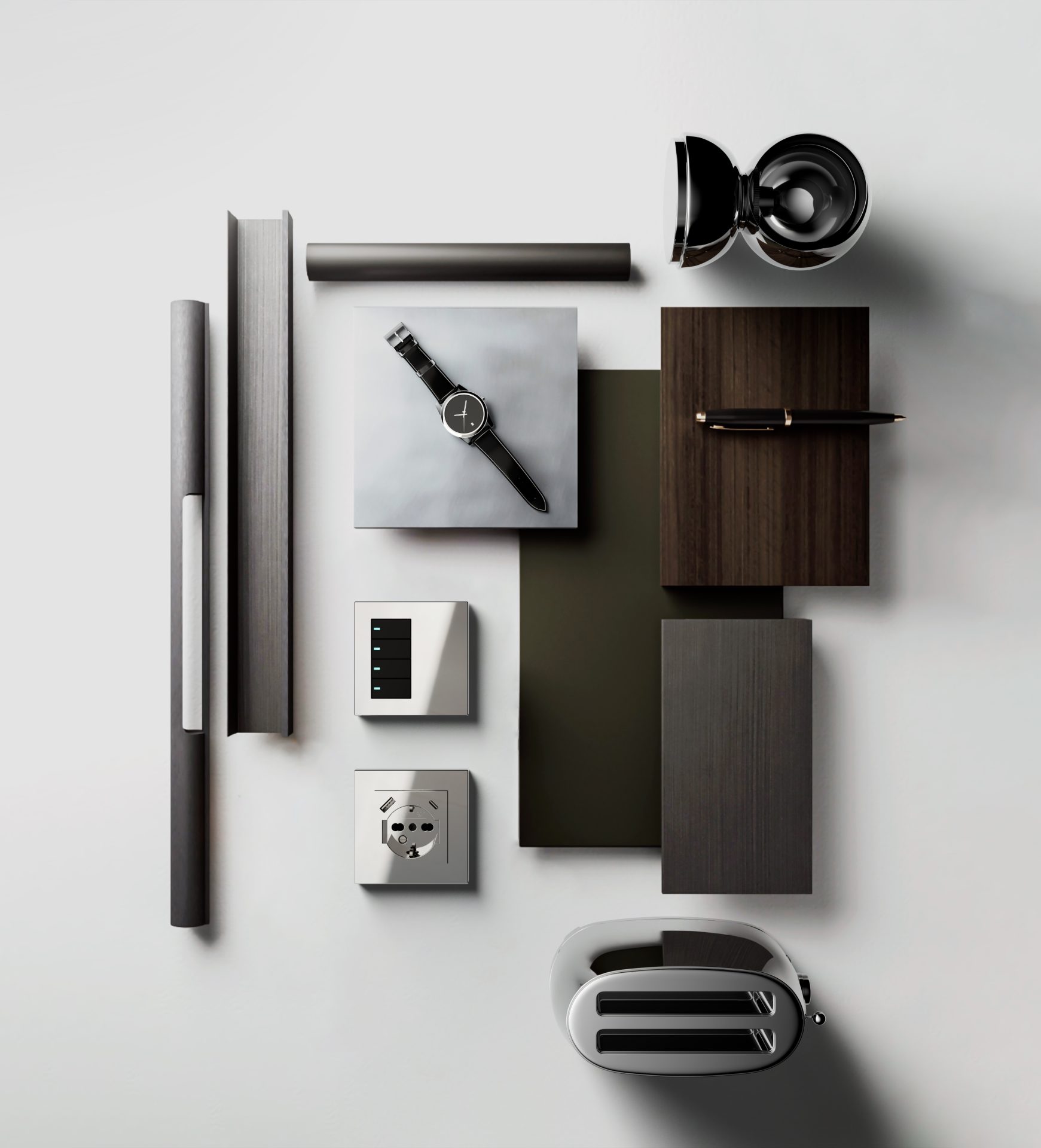In the ever-evolving world of architecture and design, the integration of smart home technology has become an essential consideration for architects and designers. As homeowners increasingly demand intelligent, connected, and energy-efficient living spaces, architects must adapt their approach to incorporate cutting-edge smart home solutions that enhance the functionality, aesthetics, and sustainability of their designs.
The Rise of Smart Home Technology in Architecture
The rapid advancements in smart home technology have fundamentally transformed the way architects and designers approach their craft. No longer can buildings be viewed solely as static structures; they must now be designed as dynamic, responsive, and adaptable environments that cater to the ever-changing needs and preferences of their occupants.
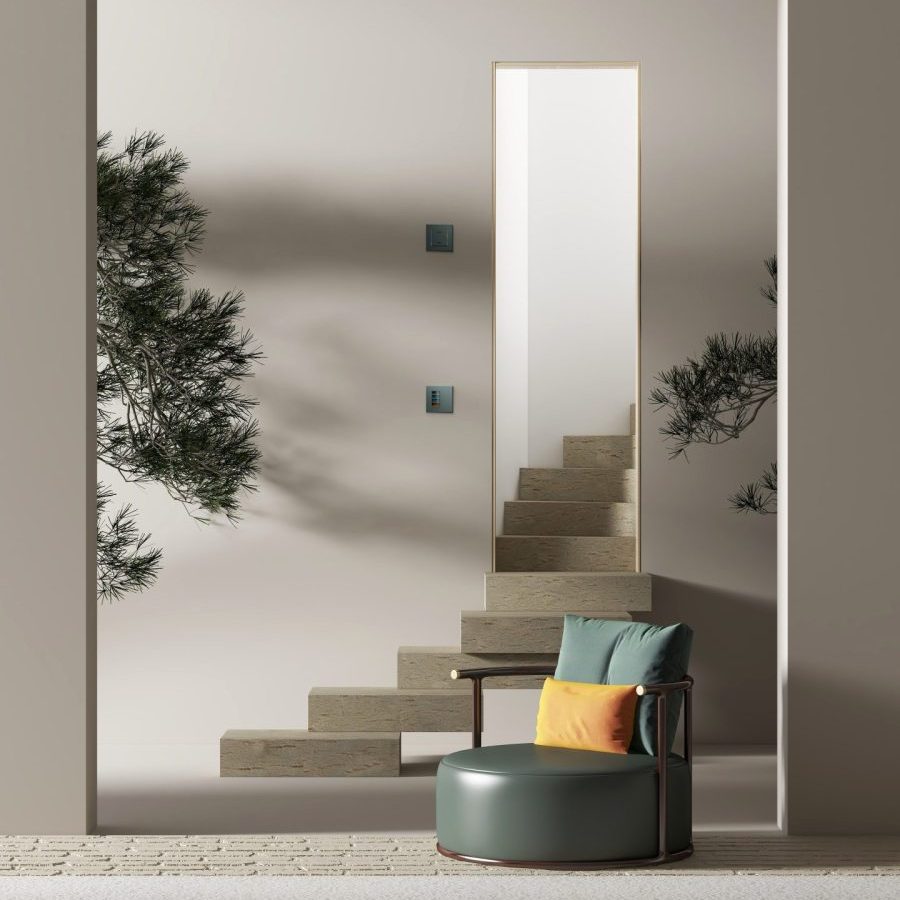
Homeowner Expectations and Demands
Today’s homeowners are more tech-savvy and environmentally conscious than ever before. They expect their homes to not only be visually appealing but also to provide a seamless, efficient, and personalized living experience. This shift in homeowner expectations has placed a significant emphasis on the integration of smart home technology within architectural designs.
The Benefits of Smart Home Integration
By embracing smart home solutions, architects can design buildings that offer a multitude of benefits, including:
Enhanced Energy Efficiency: Smart home systems can optimize energy usage, reduce waste, and contribute to a more sustainable built environment.
Improved Comfort and Convenience: Integrated smart home technologies can provide personalized control over lighting, temperature, and other amenities, enhancing the overall living experience for occupants.
Increased Home Security: Smart home security features, such as surveillance cameras and automated locking systems, can bolster the safety and protection of the home.
Adaptability and Flexibility: Smart home solutions can be easily updated and expanded, allowing buildings to evolve alongside changing technology and user needs.
Aesthetic Integration: Seamless integration of smart home devices can enhance the overall design aesthetic, creating a cohesive and visually appealing living environment.
Incorporating Smart Home Solutions into Architectural Designs
As architects and designers embrace the integration of smart home technology, they must consider a range of factors to ensure a successful and holistic implementation. Here are some key considerations for incorporating smart home solutions into architectural designs:
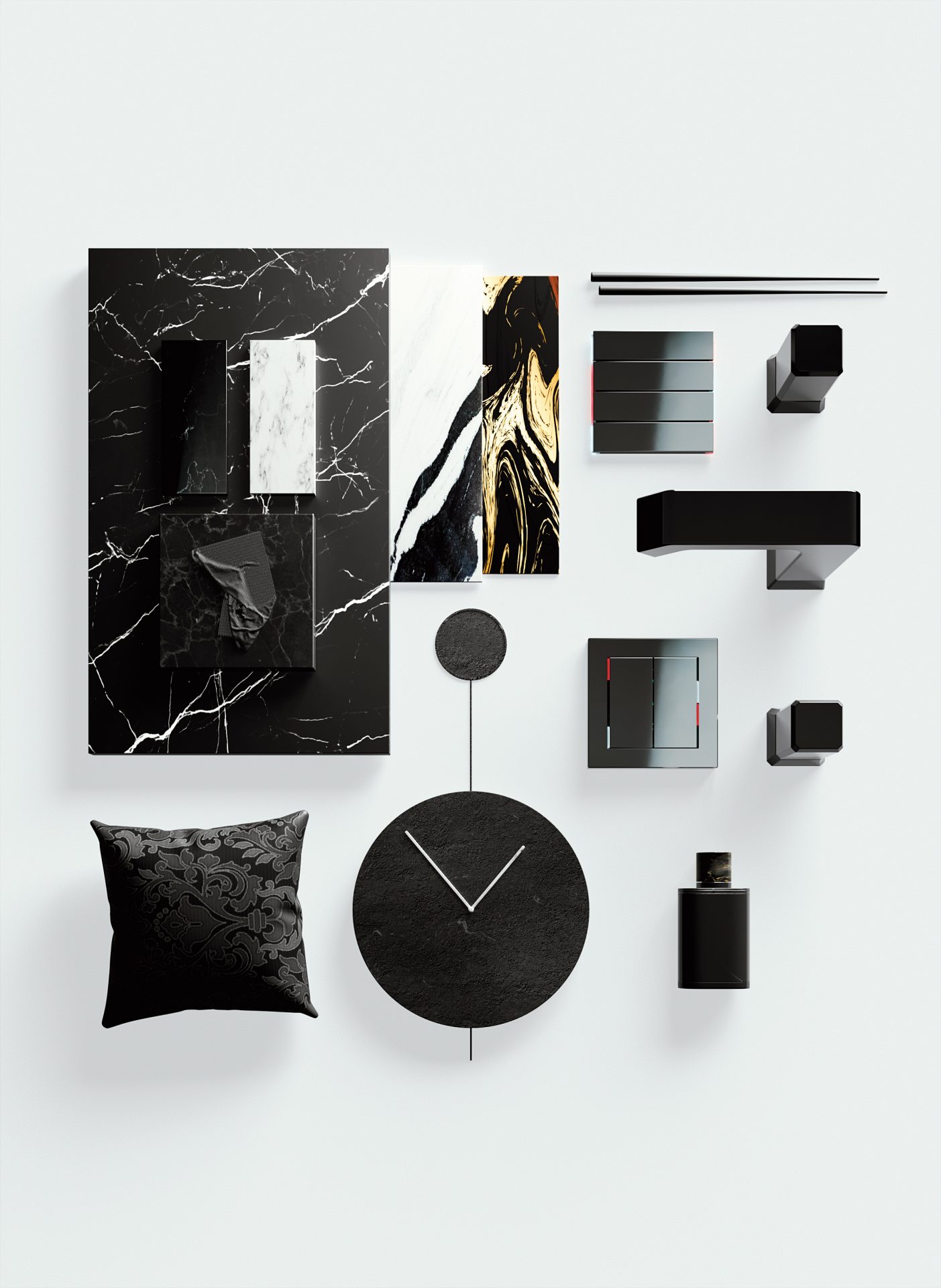
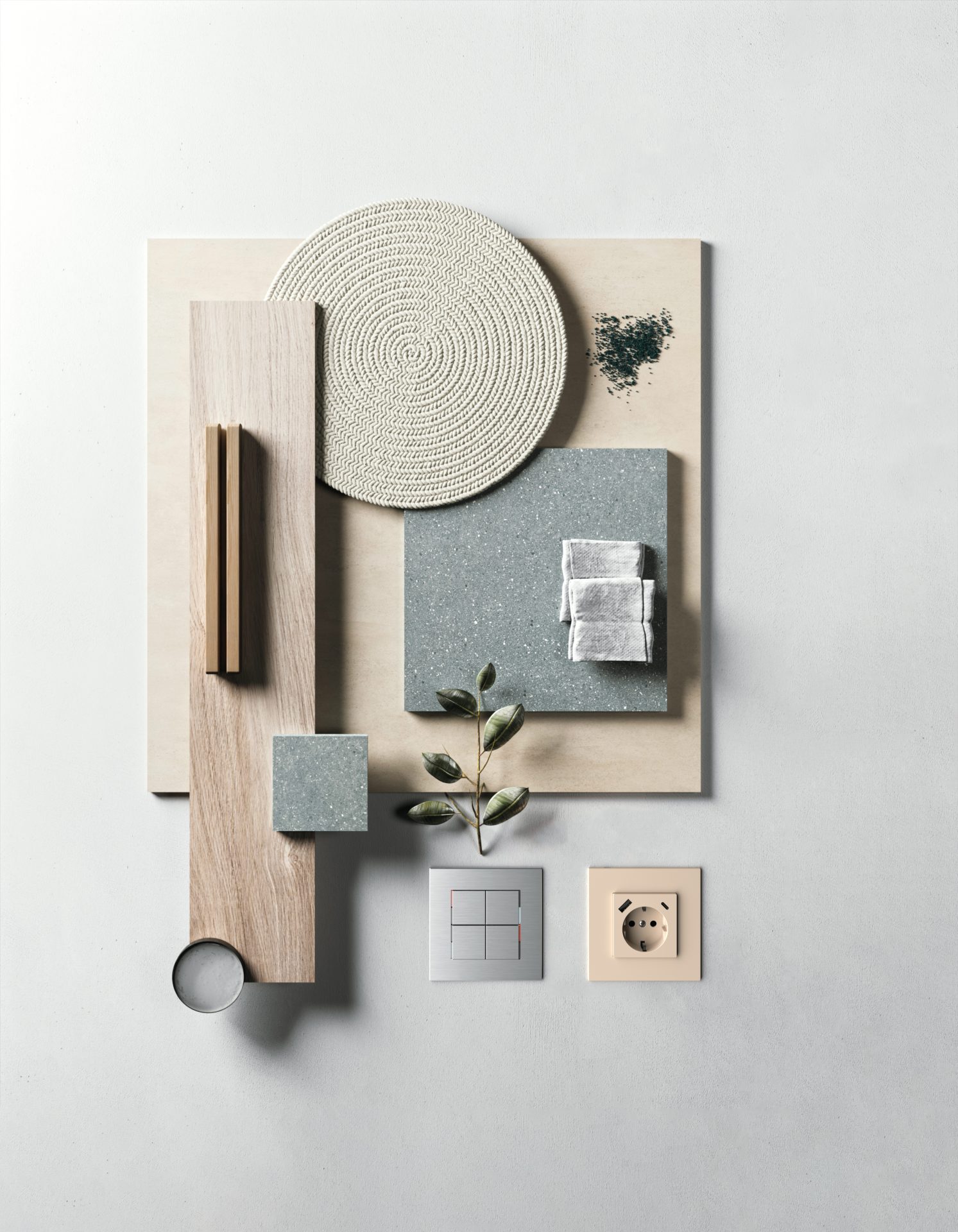
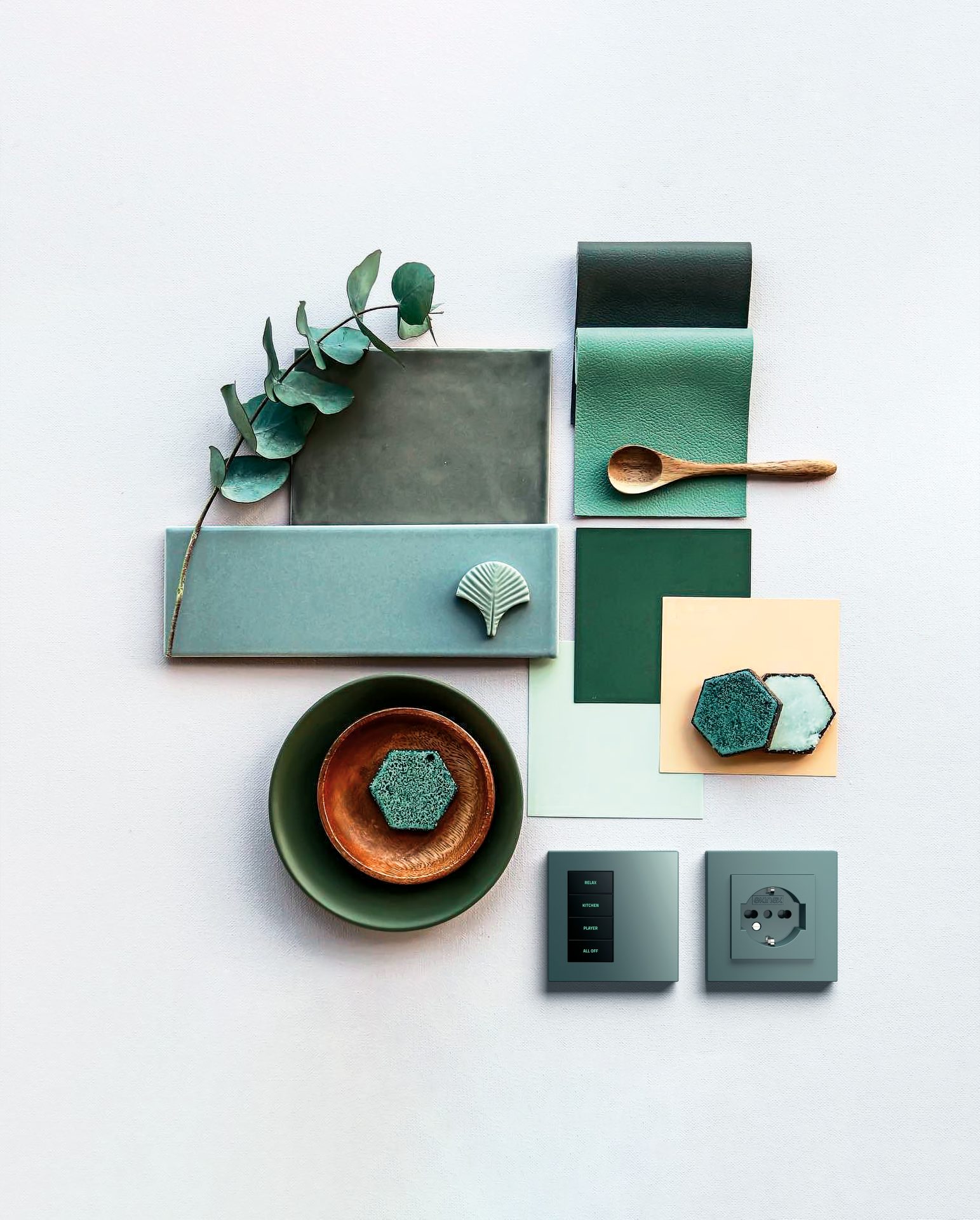
Comprehensive Planning and Integration
Effective smart home integration requires a comprehensive planning approach from the very beginning of the design process. Architects must work closely with smart home technology specialists, electrical engineers, and other relevant stakeholders to ensure that the smart home systems are seamlessly integrated into the building’s infrastructure and design. This collaborative approach allows for the optimal placement of smart home devices, the selection of compatible and scalable technologies, and the development of intuitive user interfaces that enhance the overall functionality and user experience.
Adaptable and Flexible Frameworks
As technology continues to evolve rapidly, it is essential that architects design buildings with adaptable and flexible smart home frameworks. This may involve incorporating modular and upgradeable systems, as well as ensuring that the building’s infrastructure can accommodate future technological advancements.
By creating a foundation that supports the integration of new smart home technologies, architects can future-proof their designs and ensure that the building remains relevant and responsive to the changing needs of its occupants.
Aesthetically Pleasing Integration
One of the key challenges in smart home integration is ensuring that the technology is seamlessly incorporated into the overall design aesthetic. Architects must strike a balance between functionality and aesthetics, ensuring that smart home devices and systems complement the building’s visual appeal rather than detract from it.
This may involve the strategic placement of smart home components, the selection of discreet or hidden installation methods, and the incorporation of design-focused smart home devices that enhance the visual appeal of the living spaces.
Intuitive User Experiences
The success of smart home integration is not just about the technology itself, but also the user experience it provides. Architects must work closely with smart home technology providers to ensure that the user interfaces and control systems are intuitive, accessible, and tailored to the needs and preferences of the building’s occupants.
This may involve the integration of voice control, touch-based interfaces, or mobile applications that allow users to easily manage and customize their smart home environments.
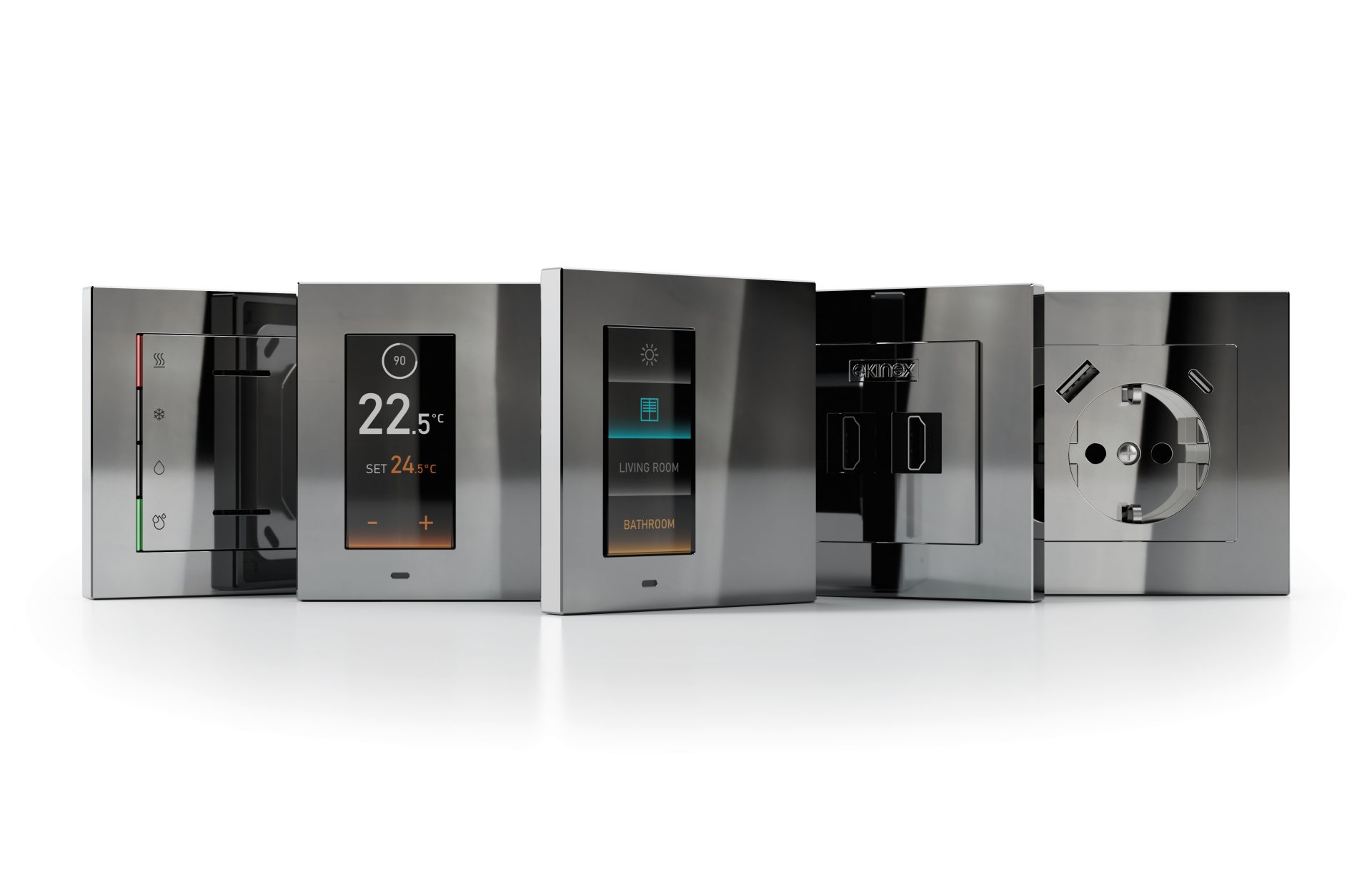
Energy Efficiency and Sustainability
As sustainability becomes an increasingly critical concern in the architecture and design industry, the integration of smart home solutions must prioritize energy efficiency and environmental impact. Architects can leverage smart home technologies to optimize energy usage, reduce waste, and contribute to the overall sustainability of the building.
This may include the integration of smart thermostats, energy-efficient lighting systems, and renewable energy sources, all of which can be monitored and controlled through the smart home framework.
Innovative Smart Home Solutions for Architects
As the smart home technology landscape continues to evolve, architects and designers have access to a wide range of innovative solutions that can be seamlessly integrated into their designs. Here are some examples of cutting-edge smart home technologies that can enhance architectural projects:
Advanced Lighting Control Systems
Smart lighting solutions offer architects the ability to create dynamic, energy-efficient, and aesthetically pleasing lighting environments. These systems can be programmed to adjust based on occupancy, time of day, and user preferences, while also integrating with other smart home technologies, such as voice control and home automation.
Integrated Home Automation
Whole-home automation systems allow architects to design living spaces that provide a seamless, intuitive, and customizable user experience. These systems can integrate various smart home components, including lighting, climate control, security, and entertainment, all accessible through a centralized interface or voice commands.
Advanced HVAC Systems
Smart HVAC solutions can significantly improve the energy efficiency and comfort of a home. By incorporating smart thermostats, zoned climate control, and predictive algorithms, architects can design buildings that adapt to the occupants’ needs and preferences, while also reducing energy consumption.
Intelligent Security and Monitoring
Integrated smart home security systems offer architects the opportunity to enhance the safety and protection of their designs. These systems can include features such as smart locks, surveillance cameras, and motion sensors, all of which can be monitored and controlled remotely through a mobile app or voice commands.
Renewable Energy Integration
As the demand for sustainable living continues to grow, architects can integrate smart home technologies that support the integration of renewable energy sources, such as solar panels and energy storage solutions. These systems can be seamlessly incorporated into the building’s design, contributing to an eco-friendlier and energy-efficient living environment.
Conclusion
The integration of smart home technology has become an essential consideration for architects and designers in the 21st century. By embracing innovative smart home solutions, architects can create living spaces that are not only visually appealing but also highly functional, energy-efficient, and responsive to the ever-changing needs and preferences of their occupants.
As the smart home technology landscape continues to evolve, architects must remain at the forefront of these advancements, collaborating with technology specialists and incorporating these solutions into their designs. By doing so, they can create buildings that not only stand the test of time but also contribute to a more sustainable and connected future.



